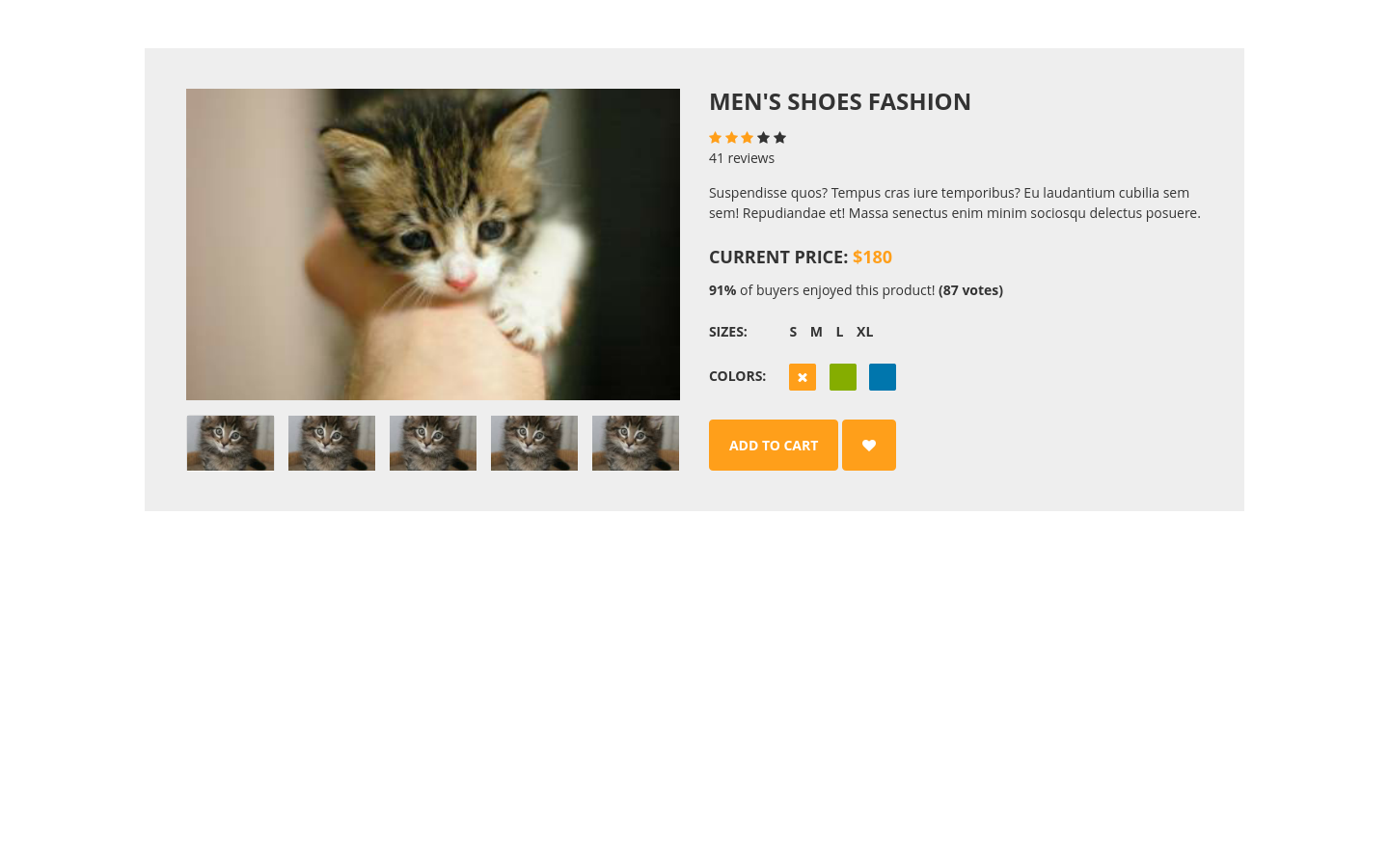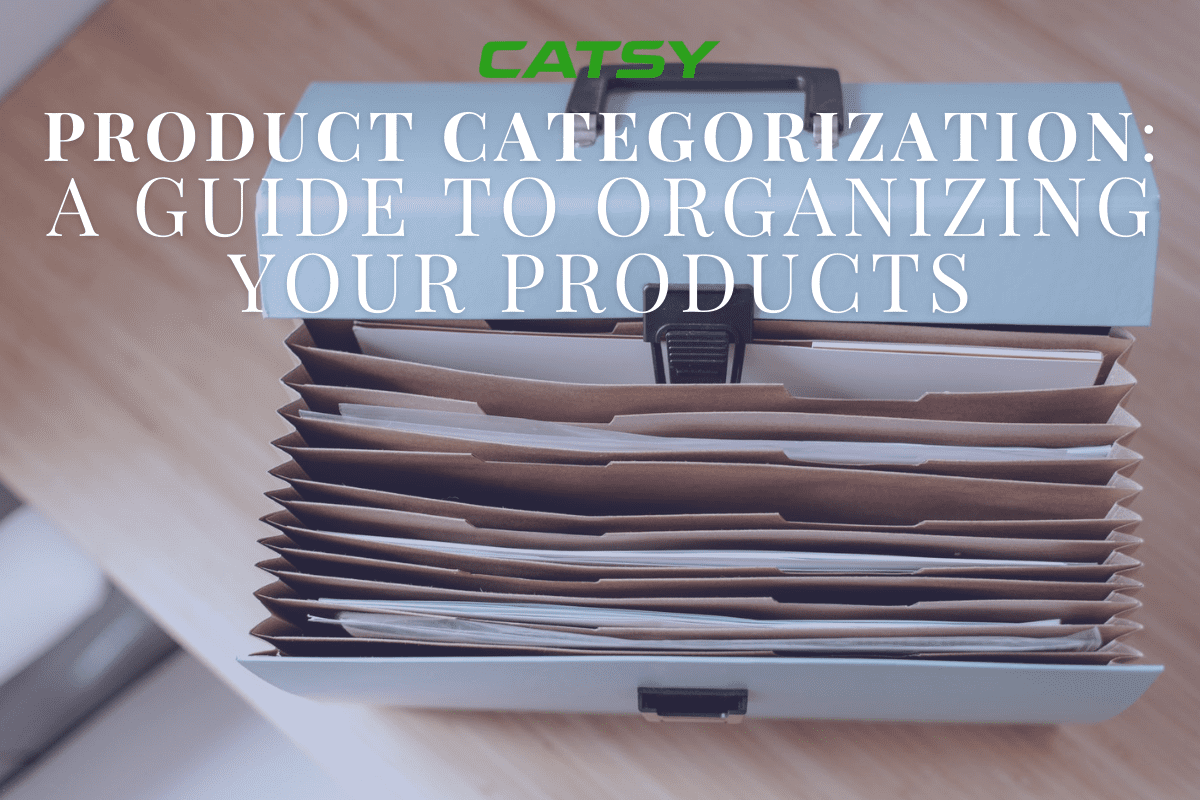In the ever-evolving landscape of e-commerce and retail, product category management has emerged as a cornerstone of success. It’s the art of organizing and presenting products in a manner that enhances customer experience, boosts sales, and optimizes search engine visibility.
This comprehensive guide delves into the intricacies of product category management, empowering you with the knowledge and strategies to elevate your online presence. From defining product categories to optimizing them for search engines, we’ll cover every aspect to help you unlock the full potential of this essential aspect of e-commerce.
Product Categories Overview
Product categories are structured groupings of products that share similar characteristics, such as their function, target audience, or industry. They serve as an organizational framework within an e-commerce or retail setting, allowing businesses to present their offerings in a logical and user-friendly manner.Product
categories play a pivotal role in enhancing the customer experience by making it easier for shoppers to navigate a website or store, find the products they need, and compare different options. They also streamline inventory management, facilitate targeted marketing campaigns, and provide insights into customer preferences and shopping trends.
Creating and Managing Product Categories
Product categories are essential for organizing and presenting your products in a way that makes them easy for customers to find and browse. Effective product categories can improve the user experience, increase conversion rates, and boost sales.
Here are some best practices for creating effective product categories:
Organizing and Structuring Product Categories
- Start by creating a hierarchy of categories that reflects the natural relationships between your products.
- Use clear and concise category names that accurately describe the products in each category.
- Consider using subcategories to further organize your products and make them easier to find.
- Keep your category structure simple and easy to navigate.
The Role of Metadata and Attributes in Product Category Management
Metadata and attributes play an important role in product category management. Metadata is data that describes your products, such as the product name, description, and price. Attributes are specific characteristics of your products, such as size, color, and material.
Metadata and attributes can be used to:
- Improve the accuracy and completeness of your product categories.
- Make it easier for customers to find the products they’re looking for.
- Personalize the shopping experience for customers.
Product Category Optimization
Optimizing product categories enhances their visibility and accessibility for both search engines and users. It involves strategic techniques to improve the discoverability and user experience of product categories.
Category pages, filters, and navigation play crucial roles in product category optimization. They help users navigate through categories effortlessly, filter products based on specific criteria, and discover relevant products with ease.
Improving Visibility and Discoverability
- Use relevant s: Include targeted s in category names, descriptions, and product tags to enhance search engine visibility.
- Optimize category pages: Create informative and engaging category pages with high-quality product images, detailed descriptions, and internal links to related categories.
- Leverage filters and navigation: Implement user-friendly filters and navigation options to allow users to refine their searches and quickly find desired products.
- Utilize breadcrumbs: Display breadcrumbs on category pages to provide a clear path for users to navigate back to higher-level categories.
- Promote categories: Cross-promote categories through homepage banners, social media campaigns, and email marketing to increase their visibility.
Product Category Examples and Case Studies
Product categories are a fundamental element of any successful e-commerce business. They help customers easily find the products they’re looking for and improve the overall user experience.
Real-World Examples of Well-Organized Product Categories
- Amazon: Amazon has a well-established product category structure that makes it easy for customers to find what they’re looking for. The categories are organized logically and hierarchically, making it easy to drill down to the specific products you want.
- Walmart: Walmart’s product categories are also well-organized and easy to navigate. The categories are displayed in a clear and concise manner, making it easy for customers to find the products they need.
- Target: Target’s product categories are designed to be visually appealing and easy to understand. The categories are displayed using large, colorful images, making it easy for customers to find what they’re looking for.
Case Studies Demonstrating the Impact of Effective Product Category Management
- A study by the Baymard Institute found that well-organized product categories can improve conversion rates by up to 20%.
- A study by Forrester Research found that effective product category management can reduce customer churn by up to 15%.
- A study by Aberdeen Group found that companies with effective product category management practices have a 20% higher average profit margin than companies with poor product category management practices.
Advanced Product Category Management

As product catalogs grow larger and more complex, advanced techniques are needed to manage them effectively. These techniques include:
Taxonomies and Ontologies
Taxonomies and ontologies are hierarchical structures that organize products into categories and subcategories. They provide a structured way to navigate and search for products, and can help to improve the accuracy of product recommendations.
Faceted Navigation
Faceted navigation allows customers to filter products based on multiple criteria, such as price, size, color, and brand. This makes it easier for customers to find the products they’re looking for, and can lead to increased sales.
Integration with Other Systems
Product category management should be integrated with other systems, such as product information management (PIM) and enterprise resource planning (ERP). This integration can help to ensure that product data is consistent across all systems, and can improve the efficiency of product management.
Emerging Trends in Product Category Management

Product category management is undergoing a transformation, driven by emerging technologies and changing consumer behavior. In this section, we will explore the key trends shaping the future of product category management.
Artificial Intelligence and Machine Learning
Artificial intelligence (AI) and machine learning (ML) are revolutionizing product category optimization. These technologies can be used to:
- Identify patterns and trends in customer behavior
- Personalize product recommendations
- Automate product categorization and merchandising
Personalization and Dynamic Product Categories
Consumers are increasingly expecting personalized shopping experiences. Personalization can be achieved through dynamic product categories, which change based on factors such as customer preferences, browsing history, and location. This allows retailers to provide more relevant and engaging shopping experiences.
Closure
Effective product category management is not merely a technical exercise; it’s a blend of art and science that requires a deep understanding of customer behavior, search engine algorithms, and the intricacies of your product catalog. By embracing the principles Artikeld in this guide, you can transform your product categories into powerful tools that drive conversions, enhance customer satisfaction, and propel your business to new heights.
FAQ Summary
What is the significance of product categories in e-commerce?
Product categories play a crucial role in e-commerce by providing a structured framework for organizing and presenting products. They enhance customer experience by making it easier for shoppers to find what they’re looking for, leading to increased sales and improved website navigation.
How can I optimize my product categories for search engines?
Optimizing product categories for search engines involves using relevant s in category names and descriptions, creating category pages with unique content, and employing internal linking to establish a clear hierarchy. By doing so, you can improve your visibility in search results and attract more organic traffic to your website.
What are some best practices for creating effective product categories?
Effective product categories are specific, mutually exclusive, and exhaustive. They should align with customer expectations and be easy to understand. Additionally, consider using a hierarchical structure to organize categories logically and make it easy for shoppers to navigate.




